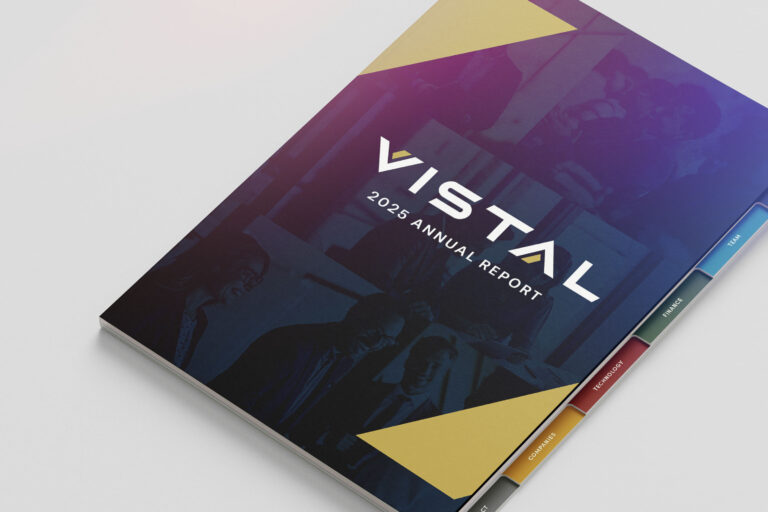The World Intellectual Property Organization (WIPO) defines intellectual property as “Creations of the mind, such as inventions; literary and artistic works; designs; and symbols, names and images used in commerce.” Intellectual property is vital in advertising and marketing, especially for firms that develop brands, create content and work with clients to establish new names for products or businesses.
IP can seem confusing, which is why it’s important to distinguish between the three types of intellectual property: copyrights, trademarks and patents. Clear understanding and proper handling of these three could make the difference of millions of dollars for your clients.
Copyright protects original works of authorship, such as literary, musical, artistic and digital creations like software code or website content. Creators aren’t legally required to register with the U.S. Copyright Office. Still, registration proves ownership and makes it easier to prove infringement — or the use of copyrighted work without authorization — in court. Copyright protection typically lasts for the creator’s lifetime plus 70 years or, for works made for hire, 95 years from publication.
Conversely, trademarks protect distinctive symbols, words or phrases associated with a brand, such as logos, slogans and product design. These marks — like the Nike swoosh or the Starbucks mermaid — build brand recognition and prevent consumer confusion in a crowded marketplace.
Like copyright, you don’t have to register your trademark, but federal registration offers its advantages — like protection on a national level and the ability to sue in federal court. Unlike copyrights, trademarks can potentially last indefinitely, provided the owner actively uses them.
The third category is patents. Important in the world of intellectual property and designed to protect inventions like the original recipe for Coca-Cola, advertising and marketing firms like Russell Herder are rarely concerned with patent issues.
But why is all this important? Because infringement cases can negatively impact bank accounts and professional relationships. Even those with the best intentions, if not careful, can wind up on the receiving end of a cease-and-desist letter for using protected content.
For advertising and marketing firms, the following best practices can help creatives avoid copyright or trademark infringement:
- Research, research, research. The best way to find out if a creative work is copyrighted or trademarked is to search online. A quick Google search will generally reveal top matches, and databases like those from the U.S. Patent and Trademark Office (USPTO) and the U.S. Copyright Office help you go even deeper.
- Consult with an attorney. Firms with dedicated IP attorneys can provide guidance about copyright and trademark availability and conduct comprehensive searches.
- Educate your clients. The last thing a client wants to do is to invest valuable time and budget in a new name, brand, website or software, only to face a lawsuit for copyright or trademark infringement. Equipping your clients with knowledge about the importance of intellectual property can help them avoid a costly lawsuit and duplicated efforts for developing a new round of creative work.
In summary, understanding IP is vital. With millions of potential dollars on the line, ad firms and their clients should protect their intellectual property and avoid infringing on the intellectual property of others. Luckily, creative firms have access to a plethora of resources to help them stay on the right track.
When it comes to smart IP strategy, take it from our CEO Carol Russell: “Take caution, slow down and don’t forget your due diligence.”





